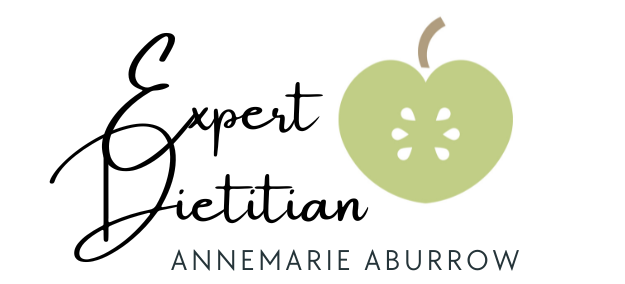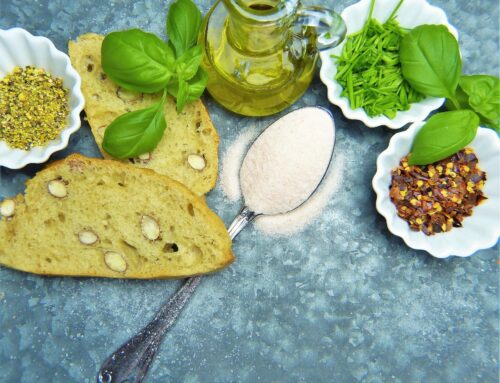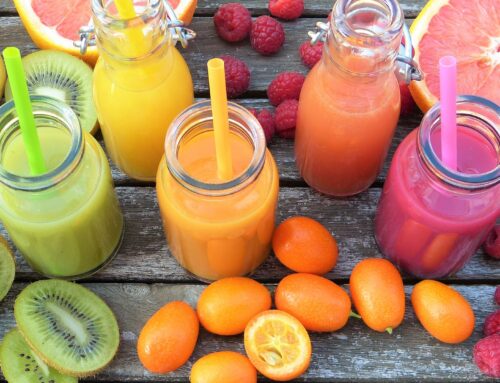If you’re trying to be healthy, lose weight or are wanting to maintain your weight, portion sizes are something you’ve no doubt considered. But what is a healthy portion size? And how many portions of each food group should I eat in a day? The key to eating a healthy diet is to eat a variety of foods in the appropriate amounts. Making healthier choices also involves eating certain foods more often, and in larger amounts than others. This article aims to provide you with some tips and information to help you choose healthy portion sizes.
Some considerations
Whilst this article does give some information on standard portion sizes, we must be aware that as everyone is different, we must expect there to be some individual variation within this. For example, if you are very active, you will need more calories, therefore your portion sizes may need to be higher, or you may need more portions. The same goes for the other way – if you are really inactive, you may need less. There are many factors that affect this, including your activity levels, your sex at birth, your age and your metabolic rate. So please use this information, but tailor it to work for you.
Portion sizes
We hope that the following will be a helpful guide for you.
Carbohydrate foods
| Food | Healthy portion size | What this looks like visually |
| Bread | 34-36g | One medium slice, 1 roll |
| Pasta | 75g uncooked weight (or 150g cooked) | 2-3 tablespoons |
| Rice | 50g uncooked weight (or 150g cooked) | 2-3 tablespoons |
| Potatoes (these are counted as a carbohydrate, not a vegetable) | 120g (boiled with skin)
180g (jacket with skin) |
2-3 egg sized potatoes
1 medium jacket |
| Cereal | 40g | 3 tablespoons |
Protein foods
| Food | Healthy portion size | What this looks like visually |
| Cooked meat (including chicken, turkey, beef, pork and lamb) | 90g | A pack of cards |
| Cooked fish | 140g | The palm of your hand |
| Eggs | 120g | 2 medium eggs |
| Beans and pulses (including baked beans, chickpeas, kidney beans and lentils) | 150g | 4 tablespoons |
| Soya and tofu | 100g | 4 tablespoons |
| Nuts and seeds | 25-30g | One small handful or 1 tablespoon |
Dairy and alternatives
| Food | Healthy portion size | What this looks like visually |
| Milk (or calcium enriched plant-based alternative like soya, oat or almond milk) | 200ml (1/3 pint) | One glass |
| Yoghurt | 125-150g | Standard pot or 3 tablespoons |
| Hard cheese | 30g | A piece the size of a small matchbox |
Fruits and vegetables
| Food | Healthy portion size | What this looks like visually |
| Apple, pears, orange, banana | 80g | One medium fruit |
| Smaller fruits, e.g. plums, fresh apricots, satsumas | 80g | Two fruits |
| Berries (including grapes, strawberries, raspberries, blueberries) | 80g | A handful |
| Dried fruits (including raisins, dried apricots, dried mango, prunes) | 30g | One tablespoon |
| Vegetables (including sweetcorn, carrots, green beans | 80g | 3-4 tablespoons |
| Cherry tomatoes | 80g | 7 cherry tomatoes |
| Salad | 80g | One cereal-bowl full |
Fats and oils
Try to limit use of oils and spreads and measure them out, as it’s easy to add too much, especially when cooking or drizzling oil on a salad. It’s best to use ‘unsaturated’ oils like olive oil and sunflower oil, in place of others. A portion of oil and spread is about 5g / 5ml (equivalent to a teaspoonful).
Number of portions each day
Using the information above on portion sizes, this information gives you an estimation of the number of portions of each food group you will need to consume in a typical day to maintain your goal weight. Remember that you can always split portion sizes in half to make smaller snacks between meals. This information does not include drinks, oils and spreads, and also doesn’t include ‘foods high in fat and sugar), e.g. crisps, biscuits, chocolate, sausage rolls.
| Food group | Number of portions across the day | Useful notes |
| Carbohydrate foods | 3-4 portions
|
Always try to choose carbohydrate versions which are wholegrains, or higher in fibre, e.g. granary bread, wholewheat pasta, basmati or brown rice, potatoes with their skins, higher fibre cereals like oats, weatabix and shredded wheat.
|
| Protein foods | 2 -3 portions | Try to eat less red meat and processed meat (e.g. ham, sausages, burgers). Choose lean meat wherever possible (e.g. lower percentage fat mince). We should try to include more beans and pulses (e.g. lentils, chickpeas, kidney beans) and two portions of sustainably sourced fish each week, one of which is an oily fish (e.g. salmon, mackerel, fresh tuna). |
| Dairy and alternatives | 3 portions | Wherever possible, try to choose versions which are lower in fat and sugar. Some yoghurts, for example can be really high in sugar and you will need to check the labels to compare to ensure you have a healthier variety. |
| Fruits and vegetables | 5 portions – as a minimum. Eat more if you can! | Variety is key – try to include a range of different colours is a good way of getting a range of different micronutrients. |





